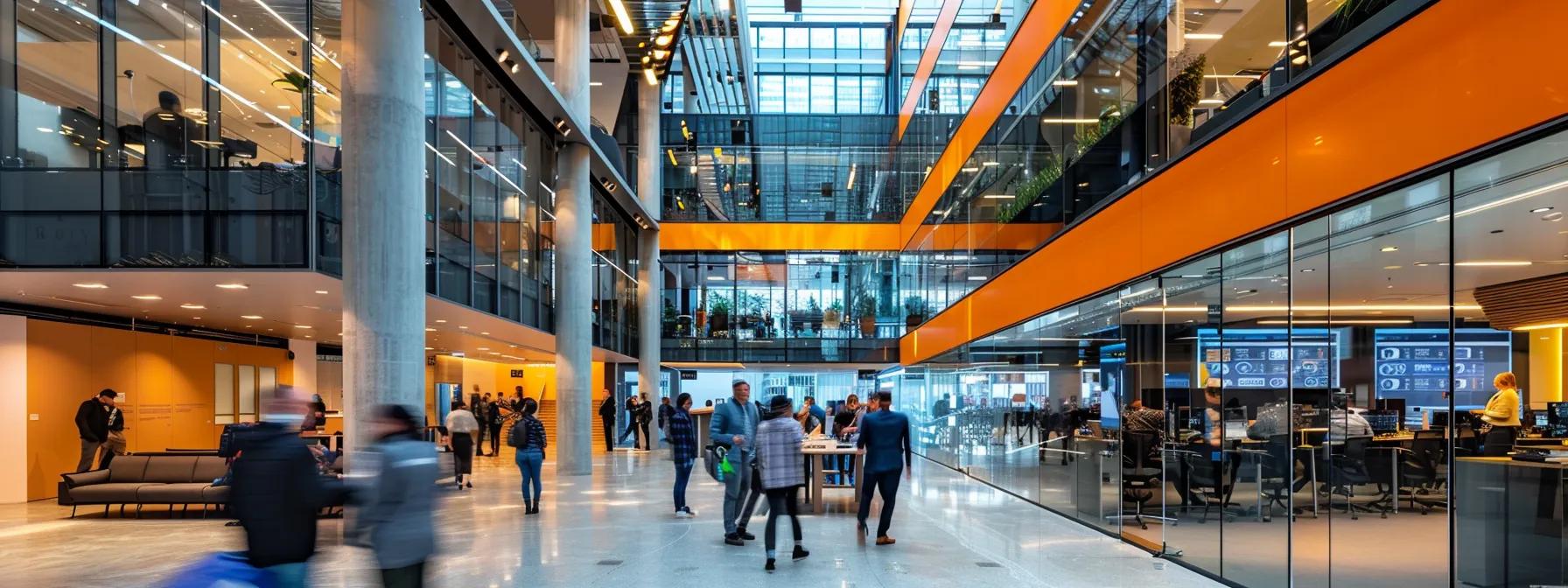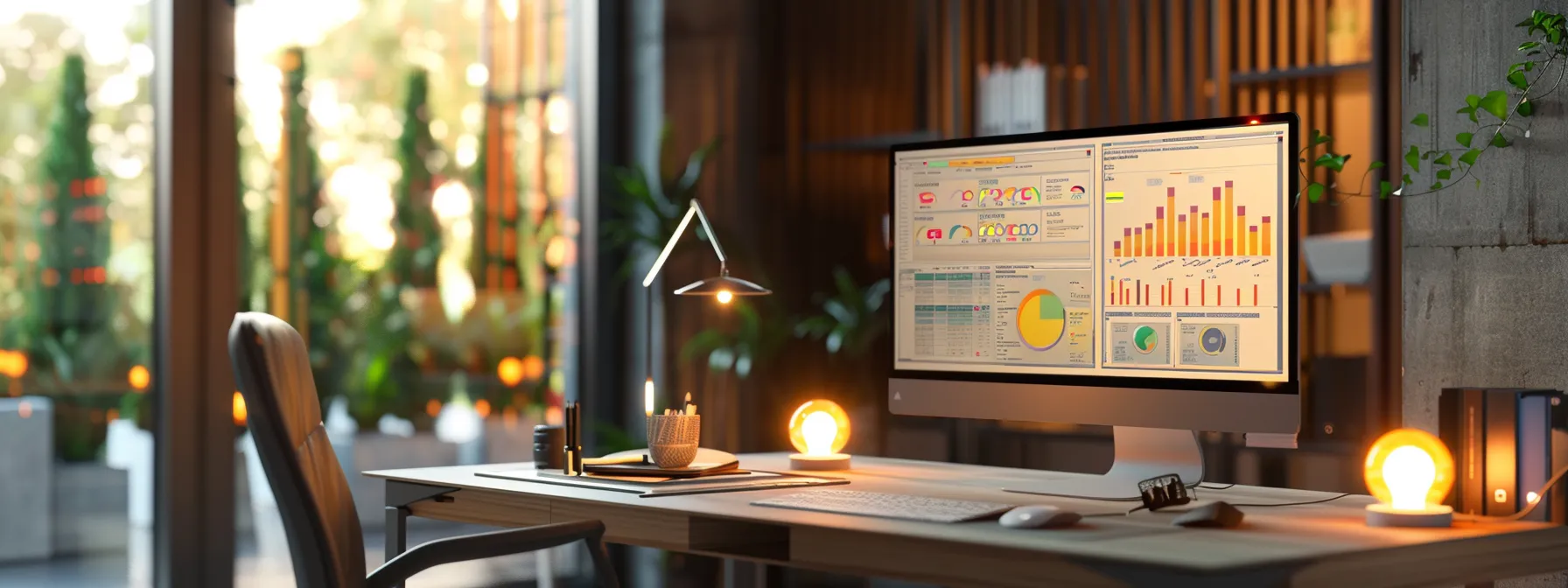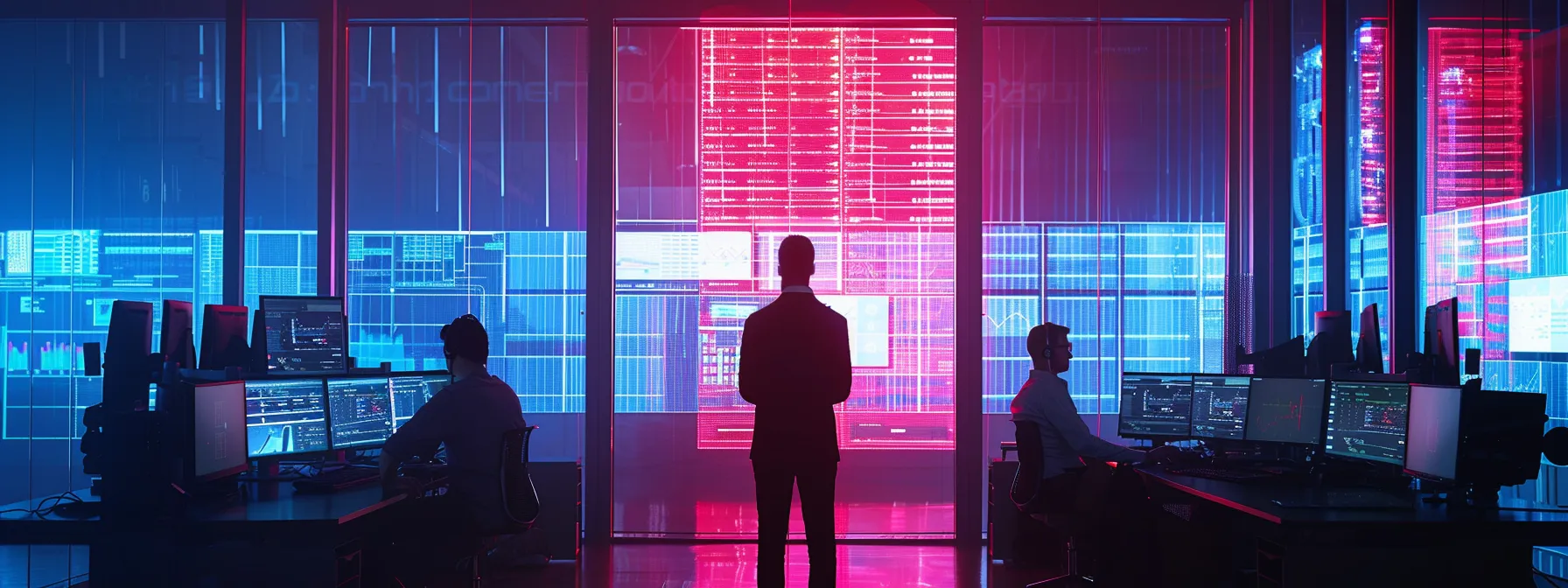How to Plan a CCTV System Integration: Tips and Strategies
If you’re planning to integrate a CCTV (closed-circuit television) system into your security plan, there are several key factors you need to consider to ensure that you get the best possible performance and coverage.
A CCTV (closed-circuit television) system is an essential component of any robust security plan. It helps deter crime, monitor employee behavior, and detect intrusions. However, planning a CCTV system integration can be a complex task due to the variety of technologies, camera types, and configurations available. In this comprehensive guide, we will outline the steps and considerations to help you effectively plan your CCTV system integration.
Define Your CCTV System Integration Objectives:
Before diving into the planning process, it’s crucial to establish your surveillance system’s objectives. These goals will guide your decision-making throughout the integration process. Typical objectives include:
- Crime deterrence
- Employee monitoring
- Intrusion detection
- Traffic and parking management
- Crowd control
Conduct a Site Survey:
A thorough site survey is essential for identifying areas that need coverage, potential obstacles affecting camera placement, and the types of cameras required. During the site survey, consider the following factors:
- Entry and exit points
- High-risk or high-traffic areas
- Blind spots
- Lighting conditions
- Obstacles affecting camera placement or visibility
Choose the Right Cameras:
There are numerous CCTV camera types available, each with its advantages and intended uses. Based on your site survey and objectives, choose the most suitable camera types for your needs. Some popular options include:
- Dome Cameras:

- Discreet and vandal-resistant: Dome cameras are designed with a compact, low-profile appearance that blends seamlessly into their surroundings, making them less noticeable and more difficult for potential intruders to tamper with or damage.
- Indoor and outdoor use: These versatile cameras are suitable for both indoor and outdoor installations, providing reliable surveillance in a wide range of environments and conditions.
- Bullet Cameras:

- Long-distance surveillance: Bullet cameras are equipped with powerful lenses that enable them to capture clear footage over extended distances, making them ideal for monitoring large outdoor areas, such as parking lots and building perimeters.
- Outdoor use: Often built with robust weather-resistant housings, bullet cameras are designed to withstand harsh environmental conditions and provide reliable outdoor surveillance.
- PTZ (Pan-Tilt-Zoom) Cameras:

- Flexibility in monitoring: PTZ cameras can pan, tilt, and zoom to adjust their focus and direction, offering greater flexibility in monitoring large
- or dynamic areas. Operators can easily track moving objects, focus on specific points of interest, or survey a wide area with a single camera.
- Large area coverage: Due to their ability to remotely change direction and zoom, PTZ cameras are particularly useful for covering expansive spaces or areas where monitoring needs may change frequently, such as public squares or stadiums.
- Thermal Cameras:

- Detect heat signatures: Thermal cameras utilize infrared technology to detect heat signatures, enabling them to “see” in complete darkness, through smoke, fog, or other challenging environments. This makes them ideal for detecting intruders or monitoring critical infrastructure in low-light or difficult conditions.
- Low-light performance: As thermal cameras do not rely on visible light, they provide consistent performance in low-light or even no-light situations, enhancing the overall effectiveness and reliability of your surveillance system.
- Panoramic Cameras:

- Wide coverage: Panoramic cameras provide a 180° or 360° field of view, allowing for extensive coverage of large areas with a single camera. This makes them ideal for monitoring open spaces, such as parking lots, shopping centers, and public areas.
- Reduced blind spots: Due to their wide field of view, panoramic cameras can significantly reduce blind spots in your surveillance system, ensuring comprehensive coverage and improved overall security.
- Multi-sensor Cameras:

- Flexibility and customization: Multi-sensor cameras feature multiple adjustable camera sensors within a single housing, providing the ability to tailor coverage to specific areas or angles. This makes them well-suited for monitoring complex or irregularly shaped spaces, as well as for providing coverage of multiple directions from a single installation point.
- High-resolution imaging: Multi-sensor cameras often come equipped with high-resolution sensors that can capture detailed images in various lighting conditions. This helps improve image quality and ensures that the footage captured is useful for identification, investigation, and evidence purposes.
- Fisheye Cameras:

- Ultra-wide field of view: Fisheye cameras are equipped with ultra-wide-angle lenses, typically providing a 180° or 360° field of view. This allows them to capture a comprehensive view of large areas with a single camera, reducing the number of cameras needed for complete coverage and simplifying installation.
- Distortion correction: While fisheye cameras inherently produce a distorted image due to their wide field of view, many models include built-in distortion correction software that can produce a more conventional, undistorted image for easier viewing and analysis.
CCTV System Integration Camera Placement and Configuration:
Strategic camera placement is vital for maximizing the coverage and effectiveness of your CCTV system. Keep the following factors in mind when positioning cameras:
- Ensure cameras cover critical areas, such as entrances, exits, and high-risk locations
- Place cameras at optimal heights and angles to minimize blind spots and maximize visibility
- Consider environmental factors, such as lighting and weather conditions, when configuring camera settings
- Test camera performance during day and night to ensure optimal functionality in varying conditions
Select Appropriate Recording and Storage Options:
CCTV systems record footage that must be stored for future review. Consider the following factors when selecting recording and storage options:
- Choose a suitable DVR (digital video recorder), NVR (network video recorder) or VMS based on your system’s requirements
- Determine the necessary storage capacity, taking into account factors like resolution, frame rate, and retention period
- Consider redundancy measures, such as cloud backup or RAID storage, to ensure data security and reliability
Consider Remote Access and Monitoring:
Remote access and monitoring capabilities allow you to view your surveillance system from any location using a smartphone or computer. This feature is invaluable for security personnel or business owners who need to monitor their premises even when off-site. When planning remote access, consider:
- Compatibility with various devices and platforms
- Encryption and security measures to protect your data
- Ease of use and setup
Plan for Maintenance and Upgrades:
Like any technology, CCTV systems require regular maintenance and occasional upgrades to ensure optimal performance. Plan for:
- Regular cleaning and inspection of cameras, cables, and other components
- Software and firmware updates to maintain compatibility and performance
- Periodic evaluations of camera placement and system configuration to ensure continued effectiveness
CCTV System Integration Conclusion:
Planning a surveillance system integration can be a complex task, but following these steps and considerations will help you create a robust and effective security solution tailored to your needs. By defining your objectives, conducting a site survey, choosing the right cameras, and considering factors like recording and storage options, remote access, and maintenance, you’ll be well on your way to implementing a comprehensive CCTV system that meets your unique security requirements.
If you find the process of planning and integrating a CCTV system overwhelming, consider partnering with a professional security provider like LogicFortress. Our experts specialize in helping businesses and individuals make the most of cutting-edge surveillance technologies to meet their unique security needs. With our expert guidance, you can rest assured that your surveillance system integration will be customized to fit your specific objectives, site layout, and budget.
Remember that an effective CCTV system is only one aspect of a comprehensive security plan. In addition to surveillance, consider implementing other security measures, such as access control systems, intrusion detection, and cybersecurity measures, to create a holistic approach to safeguarding your property or business.
Investing time and effort in planning your CCTV system integration will ultimately result in a more secure and protected environment. By following this comprehensive guide, you’ll be well-prepared to create an effective and robust surveillance solution tailored to your needs.




